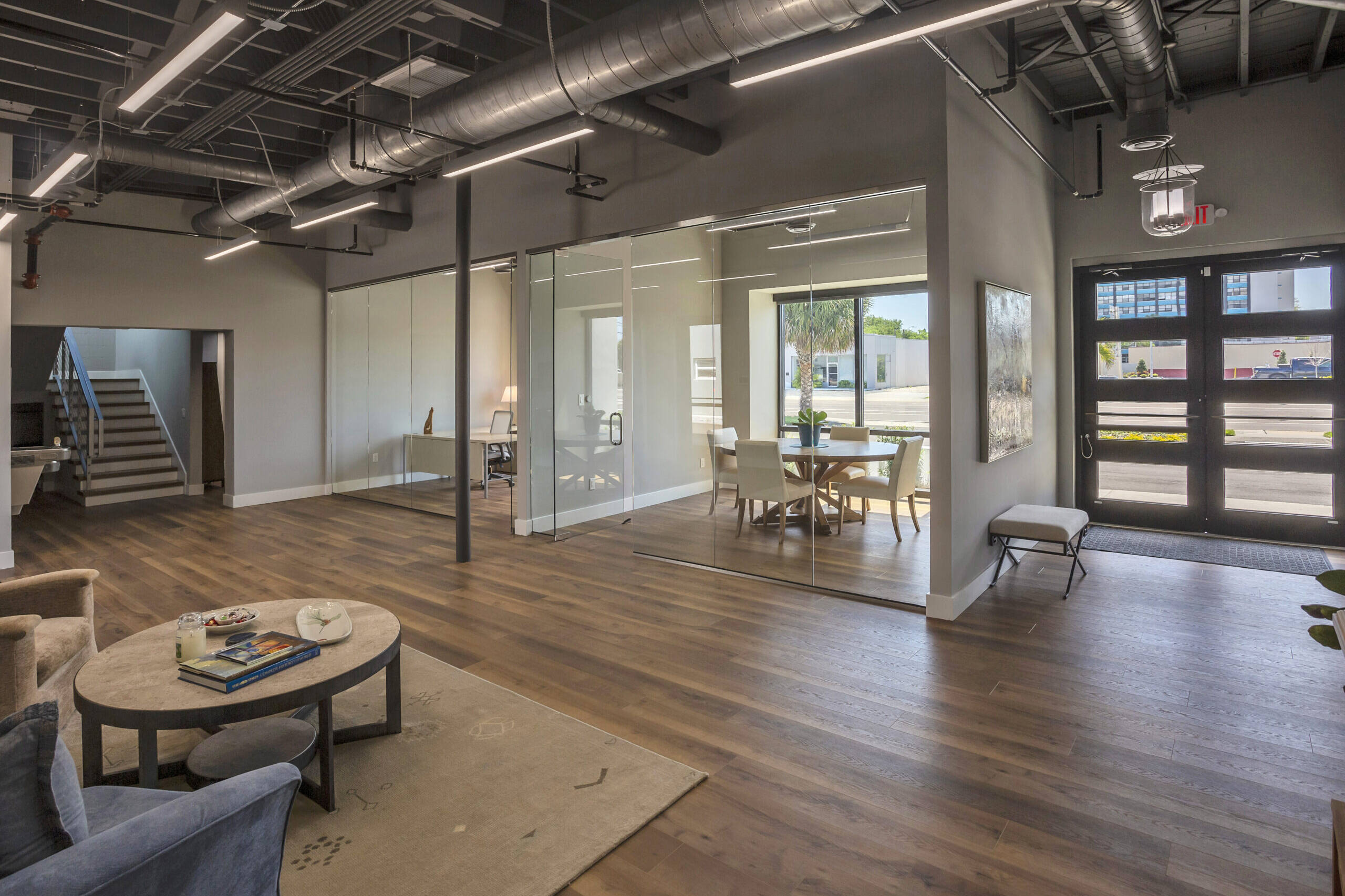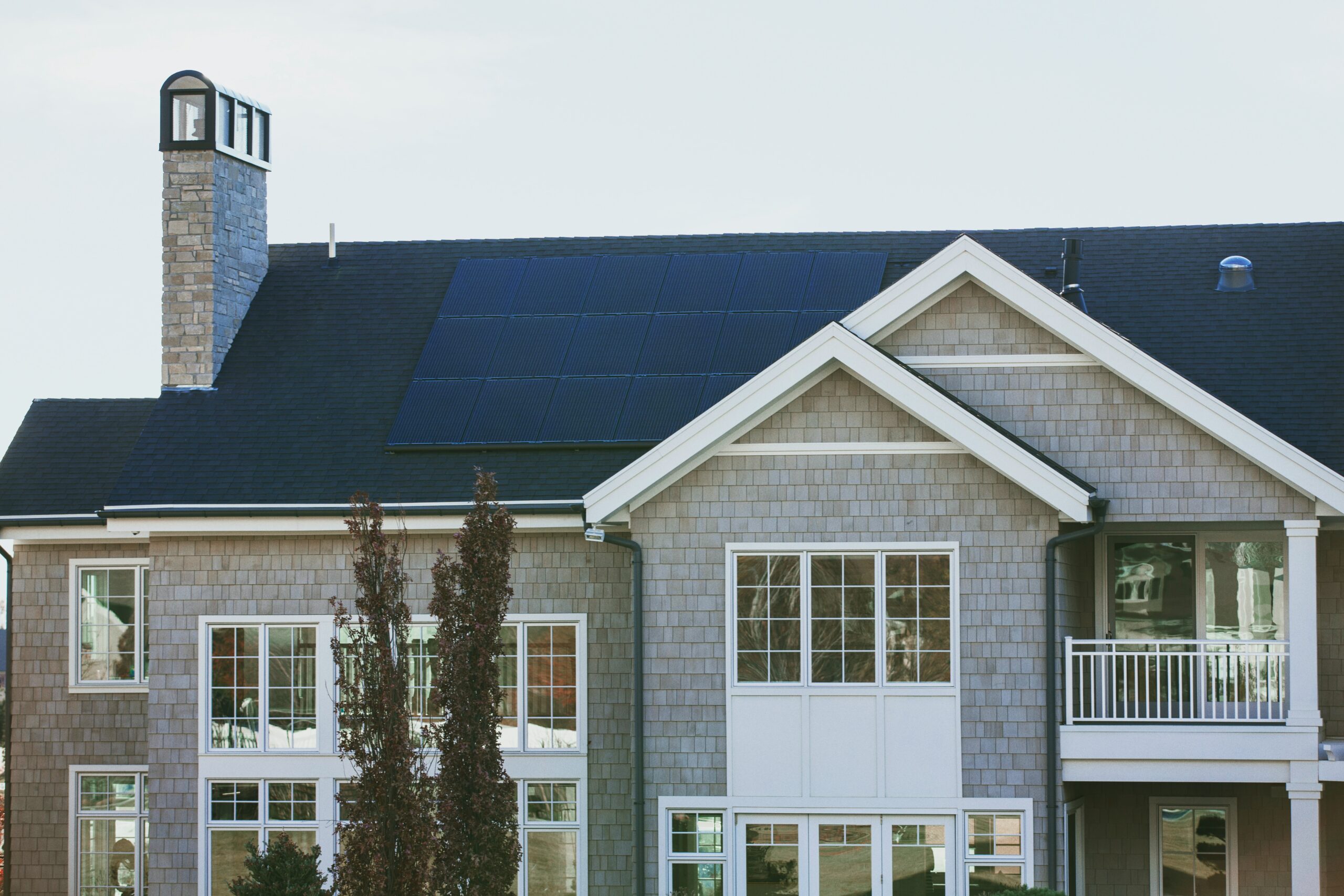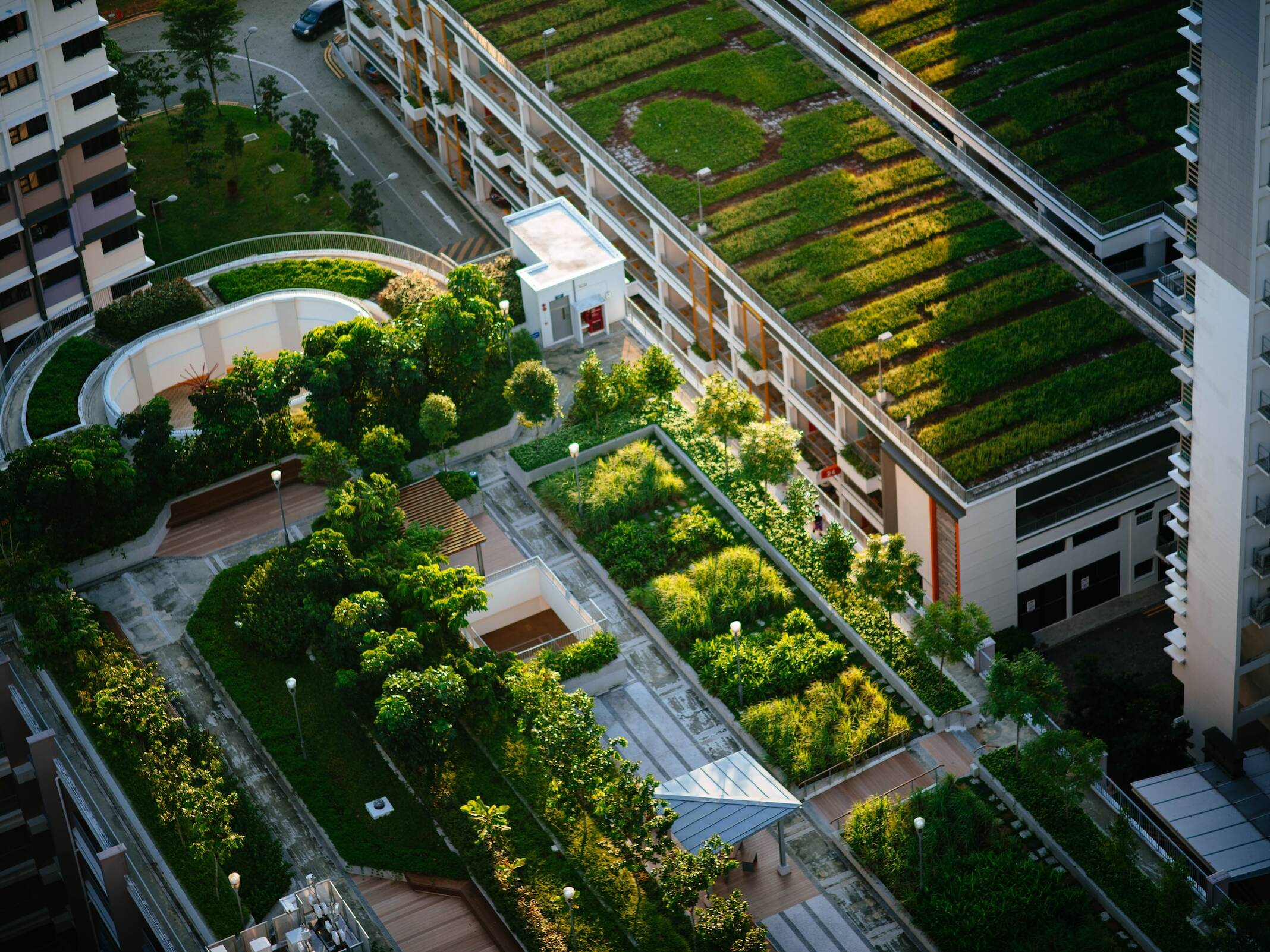Article Voiceover
Sustainability has become a top priority in the construction industry, with an increasing emphasis on reducing energy consumption and carbon emissions. Retrofitting existing commercial buildings with sustainable features is a cost-effective and environmentally friendly way to achieve these goals.
The Benefits of Sustainable Retrofitting
Energy Efficiency: Retrofitting older buildings with energy-efficient systems and materials can significantly reduce energy consumption. This lowers operating costs and contributes to a smaller carbon footprint.
Improved Indoor Environmental Quality: Sustainable retrofitting often focuses on improving indoor air quality, lighting, and thermal comfort. These enhancements can positively impact the well-being and productivity of building occupants.
Higher Property Values: Sustainable features can make commercial buildings more attractive to potential tenants and buyers, leading to higher occupancy rates and property values.
Compliance with Regulations: As more governments introduce stricter environmental regulations, retrofitting can help ensure commercial buildings comply.
Key Strategies for Sustainable Retrofitting
- Energy Audits: Energy audits can help identify inefficiencies in a building’s energy use, providing a roadmap for targeted improvements.

- Insulation and Air Sealing: Upgrading insulation and sealing air leaks can significantly reduce a building’s energy consumption and improve thermal comfort.
- HVAC Systems: Installing energy-efficient heating, ventilation, and air conditioning systems can save energy and improve indoor air quality.
- Lighting: Replacing outdated lighting fixtures with energy-efficient LED lights and incorporating daylighting strategies can reduce electricity usage and create a more pleasant environment.
- Water Conservation: Retrofitting plumbing fixtures with low-flow alternatives and implementing rainwater harvesting systems can help conserve water resources.
- Renewable Energy: Installing solar panels or other renewable energy systems can offset a building’s energy consumption and reduce its reliance on fossil fuels
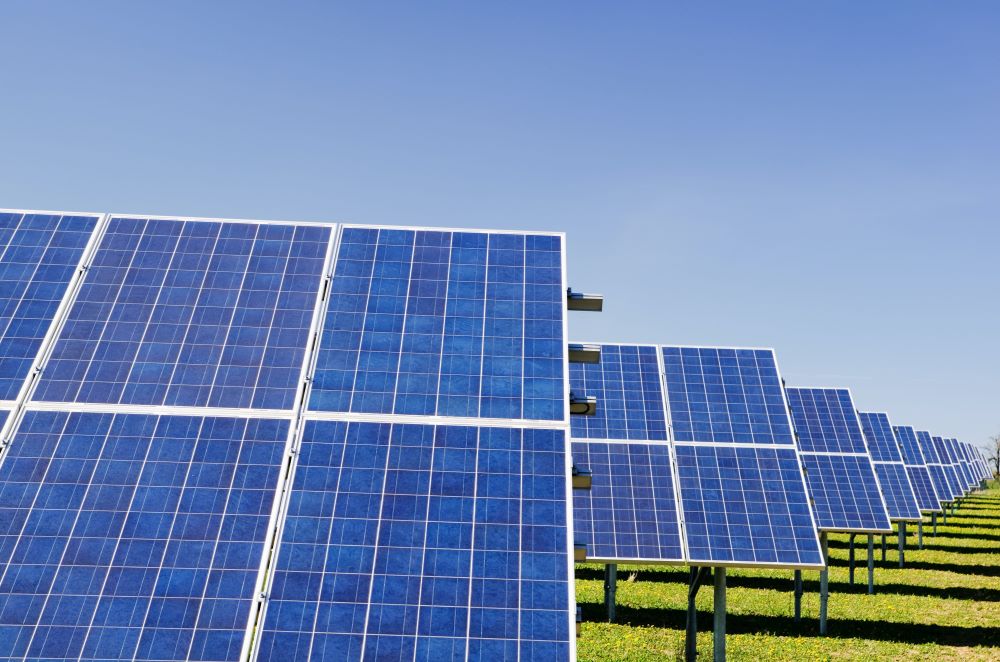
- Green Roofs and Walls: Green roofs and living walls can help insulate buildings, improve air quality, and provide additional green space in urban environments.

- Building Automation: Utilizing building automation systems can help optimize energy consumption by monitoring and adjusting building systems based on occupancy and usage patterns.

- Waste Management: Implementing recycling and composting programs can minimize waste generation and encourage more sustainable practices among building occupants.
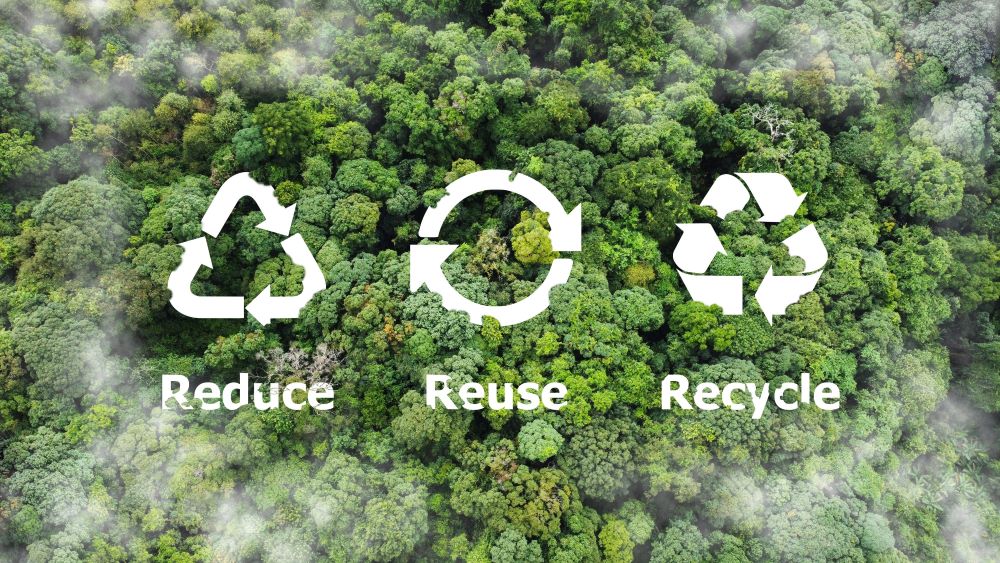
- Ongoing Monitoring: Regularly monitoring a building’s performance after retrofitting ensures that sustainability improvements remain effective over time.
Sustainable retrofitting offers numerous benefits for existing commercial buildings, from reduced operating costs to enhanced occupant well-being. Using these strategies, building owners can create greener, more efficient, and more valuable properties.
Together, let’s contribute to a more sustainable future.
Greg Totten
CGC 1529916 · LEED AP BD+C
O: (727)-386-9480
Share
Related Posts
February 21, 2024
Shaping the Future with Retrofitting Innovations
Chapter 6: Shaping the Future with Retrofitting Innovations
February 11, 2024
Navigating the Challenges of Retrofitting: From Planning to Execution
Chapter 5: Navigating the Challenges of Retrofitting: From Planning to…


